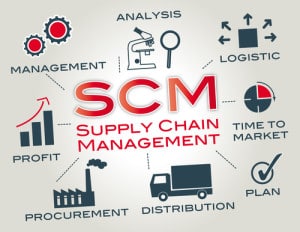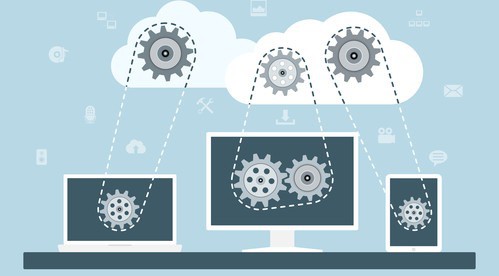
How do you analyze data that’s not yours?
It’s easy to analyze your own data, but what happens when there are simply too many data sources from a wide variety of platforms with no common API?
The issue is a pressing one for supply chain management. Consider a laptop manufacturer that wants to see how units are selling at different retailers and on Amazon.com. They may also want to know which models are being returned, what’s in stock, and where. That helps with demand forecasting, inventory control, promotions and pricing, and partner sales agreements.
If the company owns many of its sales channels, such as with the Apple Store, that’s not so hard. But with ecommerce, multiple distributors, and multiple retailers, collecting the data can easily run into IT roadblocks.
“Second-party or third-party data has been elusive for enterprises to a considerable extent,” notes Martech advisor.
How Zyme gets data from different channels
Zyme has championed an approach called “channel data management” through a cloud-based platform that offers data collection, validation, preparation, and an analytics dashboard. To collect data, Zyme has a global directory of 1.5 million channel partners, and each manufacturer normally has a relationship with a channel, such as a retailer, that covers data exchange formats and how often the feed is sent, including multiples times a day, daily or weekly.
“I think we have about $200 billion worth of goods flowing through our platform today,” says Ashish Shete, vice president of products and engineering at Zyme.
To collect data, large retailers may use something such as electronic data exchange (EDI) format, though “when you’re dealing with a small retailer in Indonesia they may be running their system on some local financial accounting system—the equivalent of QuickBooks or maybe an Excel spreadsheet.” Shete said. The system can also handle text data, and there’s a Salesforce integration for point-of-sale and inventory data.
“Once the data comes in, it has to be normalized because you’re going to get data in 10,000 different formats, he explained. “Because each distributor is going to send it in a slightly different format, and because of the system limitations, you could just imagine all kinds of problems.”
Zyme also relies on Informatica, including its PowerCenter and data quality products, to process data feeds. Data validation might involve correcting something so small as a missing field, or something as large as Amazon reporting that 500 units were sold when the manufacturer’s report says 100.
Once validated and prepared, an analytics dashboard allows customers to see sales and inventory by region, store, and product. An integration with Qlik adds that company’s business intelligence and data visualization tools.
Use cases
One obvious use case for channel data management is inventory control and supply chain analytics. If a manufacturer sees that sales of a particular product are doing well in a specific region, and inventory is running low, it might restock quickly and increase the price. Consequently, if the product is not selling as well as hoped, a promotion might be offered.
Promotions and rebates, however, can become tricky, especially when the manufacturer and retailer run the promotion together. For instance, suppose Lenovo and Best Buy are running a $100-off special on new laptops. At the end of the week, Best Buy might bill Lenovo for the rebate portion on1,000 laptops, or $100,000.
“Now how do you determine whether that 100,000 is accurate?” Shete said. “If you are validating the data daily, you can determine that, yes, Best Buy is owed $100,000.”
Microsoft, one customer of Zyme, used the CDM platform to reduce manual data submission failure rate from 50 percent to almost zero. On-time reporting of channel data increased fourfold to 85 percent.
Another use case is ensuring accuracy of warranties. A printer, for instance, may have been shipped to Costco in late December and sold in February. The customer expects the warranty to start in February, but the manufacturer’s records say December. Real-time data from the serial number would help resolve the problem. (Zyme’s cloud platform 3.0 has the ability to track serial numbers, which Zyme envisions could apply to IoT use cases).
Still another example is partner sales agreements, Shete explained. Suppose an LG smart-refrigerator’s indicator light shows the water filter is about to expire. LG might not know which retailer sold the refrigerator, but with serial number data LG could notify a partner distributor such as Costco, which might call the customer.
Towards real-time supply chain
Shete said some of Zyme’s customers are asking for more frequent data updates, especially large companies with a high-volume supply chain. (Smartphone manufacturers, for instance, can sell hundreds of millions of units each year).
“As this information comes in you are tracking the serial number, or a mobile identification number, and you want to run a tremendous number of validations in real-time so that you can go back to the partner and say hey, ‘this is right’ or ‘this is wrong.’”
Ecommerce stores also change product pricing based on demand. A manufacturer or retailer may want to know about such changes for real-time competitive pricing. “Prices can change everyday on these websites depending on the inventory they have,” Shete said.





























